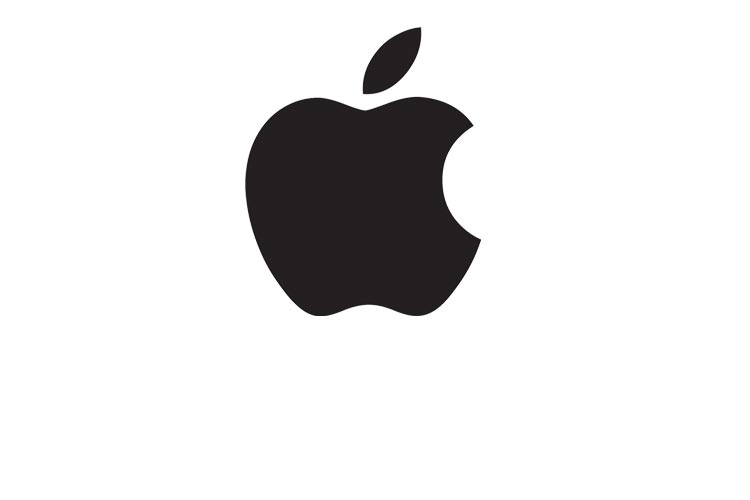
Near-the-money calls are popular among Apple Inc.'s (AAPL) short-term options
As the iPhone nears its 10-year anniversary, Oppenheimer struck a cautious tone toward
Apple Inc. (NASDAQ:AAPL). Specifically, the brokerage firm said Apple "lacks the courage to lead the next generation of innovation," and, as the tech titan becomes "more reliant than ever on the iPhone ... tailwinds from first-time buyers and switchers are no longer material." Nevertheless, AAPL stock is up 0.6% at $110.74 -- following reports the company has
shuttered its wireless router division and will initiate
a battery repair program for the iPhone 6S -- while options traders are showing a clear preference for calls over puts in early trading.
By the numbers, around 52,250 AAPL calls and 29,000 puts have traded so far, but it's not clear how these early bets are being lined up. More broadly speaking, call buyers have held the upper hand in AAPL's options pits. For example, speculators at the International Securities Exchange (ISE), Chicago Board Options Exchange (CBOE), and NASDAQ OMX PHLX (PHLX) have bought to open 352,808 calls over the past 10 sessions, compared to 189,155 puts. What's more, the resultant call/put volume ratio of 1.87 ranks in the elevated 79th annual percentile.
Echoing this call-skewed backdrop is AAPL's gamma-weighted Schaeffer's put/call open interest ratio (SOIR) of 0.66. Simply stated, near-the-money calls outweigh puts among options expiring in three months or less. Drilling down on the standard December series -- which expires at the close on Friday, Dec. 16 -- the 115 call is home to the stock's top open interest position, with 226,215 contracts currently outstanding. Meanwhile, the at-the-money December 110 call houses 73,646 open positions.

Regardless of where AAPL settles at options expiration, though, the most the call buyers stand to lose is premium paid. With low volatility expectations currently priced into the stock's near-term options, now appears to be an opportune time for premium buyers to strike. Specifically, AAPL's 30-day at-the-money implied volatility of 19.1% ranks lower than 87% of comparable readings taken in the past 12 months, while its Schaeffer's Volatility Index (SVI) of 20% arrives in the 11th annual percentile. Echoing this, AAPL's Schaeffer's Volatility Scorecard (SVS) is docked at a lofty 99, indicating the options market has historically underpriced the stock's ability to make a big move over the last year.
Looking at the charts, AAPL's pullback from its mid-October highs near $118 -- a move
exacerbated by the post-election plunge in tech stocks -- was recently contained by its 120-day moving average, as well as a 50% Fibonacci retracement of its early December high and mid-May low. Longer term, shares of Apple Inc. (NASDAQ:AAPL) are up 5.4% year-to-date.

Sign up now for Schaeffer's Market Recap to get all the day's big stock movers, must-know technical levels, and top economic stories straight to your inbox.